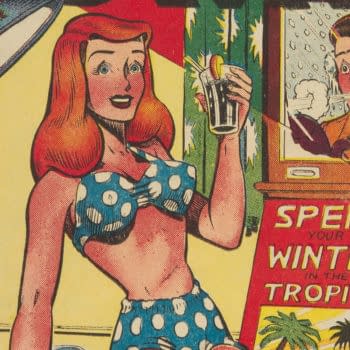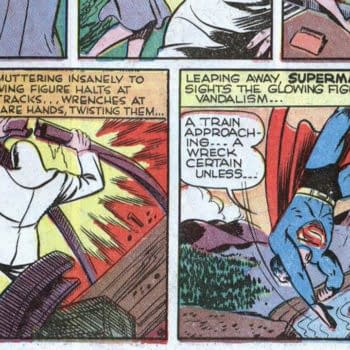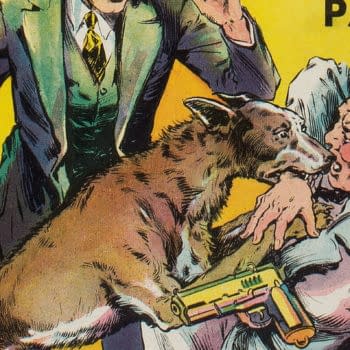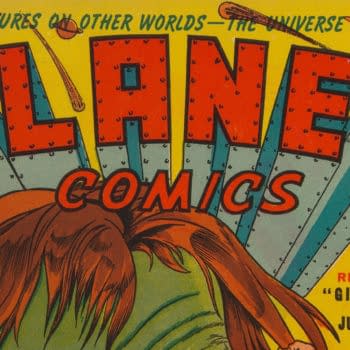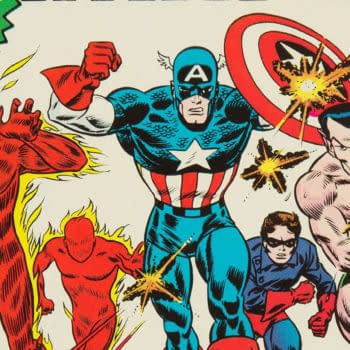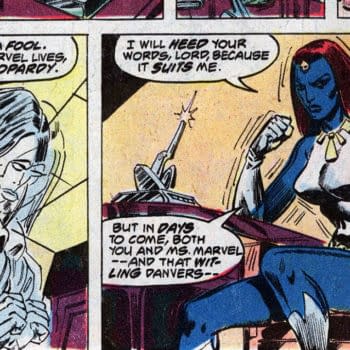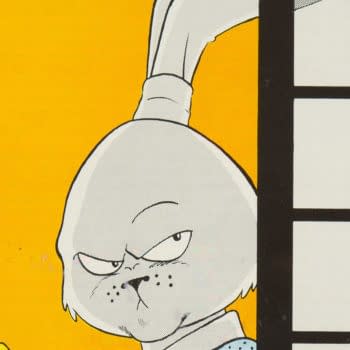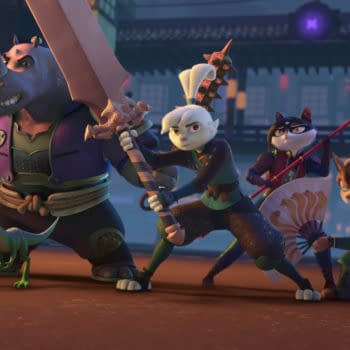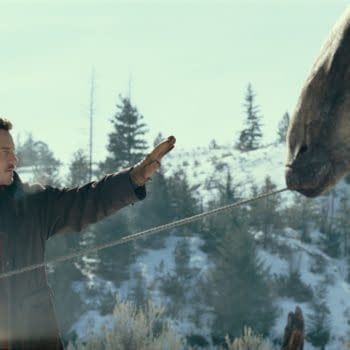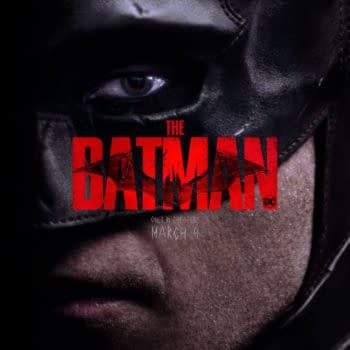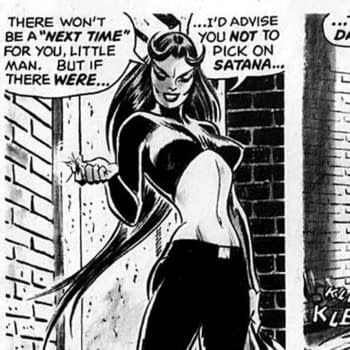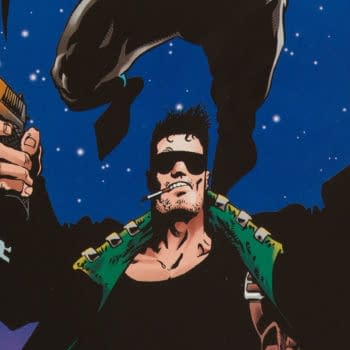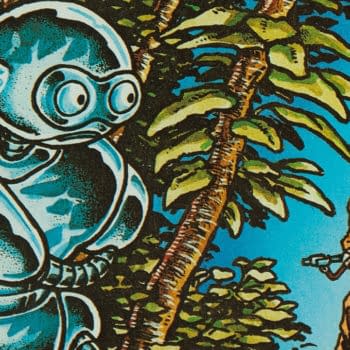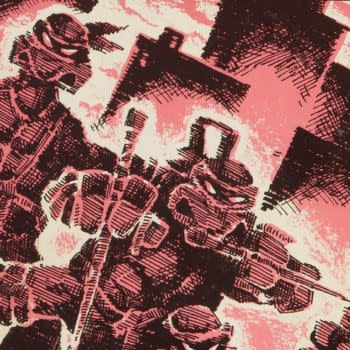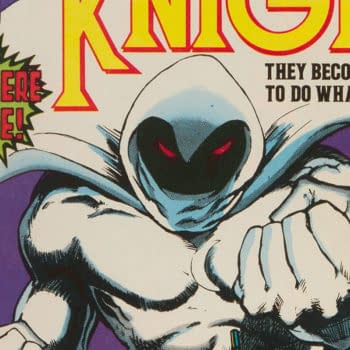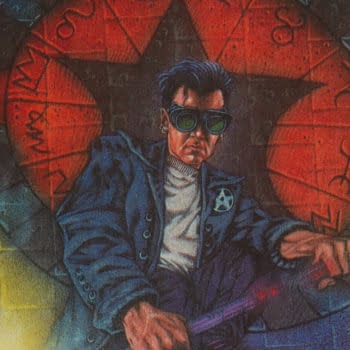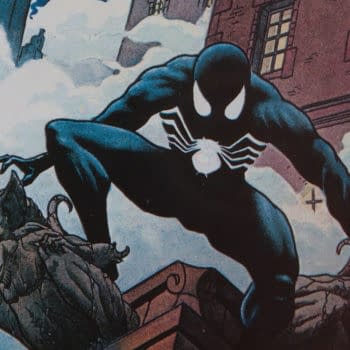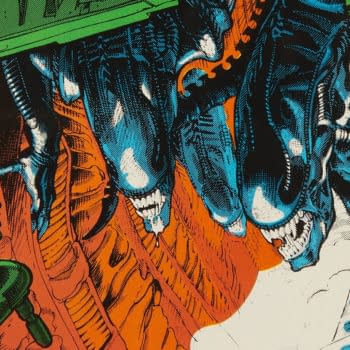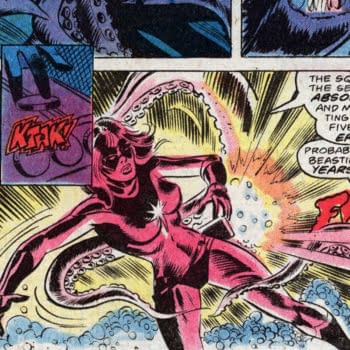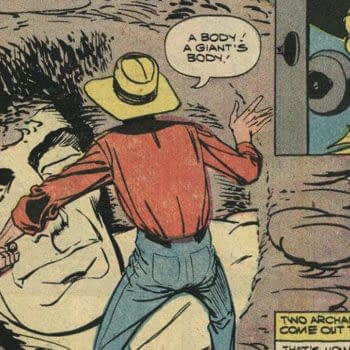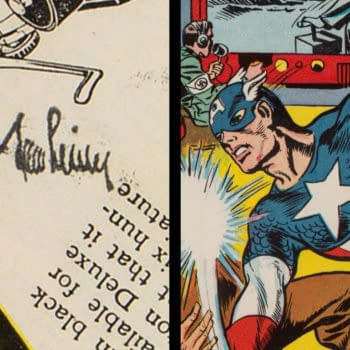Al Feldstein's Sunny was a slightly racier version of the teenage drama of Archie's Riverdale that brought him to the attention of Bill Gaines
Mark Seifert Archives
In her debut appearance in Air Fighters Comics, Valkyrie was persuaded by Airboy to switch sides and join the Allies during WWII.
In Action Comics #39, Superman fights an early example of a character who has been given powers by exposure to radiation.
Adapted for comics by Wally Wood, An Earth Man on Venus is the story of Myles Cabot, an electrical engineer transported to the planet Venus.
Blue Ribbon Comics is the debut comic book title from MLJ Magazines, and Rang-A-Tang the Wonder Dog was its first star.
Planet Comics is the most legendary science fiction title in American comic book history, and issue #11 is a good example of why.
Giant-Size Invaders #1 was Marvel's attempt at fitting its Golden Age adventures into its Marvel Universe continuity.
Mystique's true form and her ability to mimic the form of other people was revealed in Ms. Marvel #18 in 1978.
The first appearance of Stan Sakai's Usagi Yojimbo in Albedo #2 from 1984 is a landmark moment in modern comics history.
A new saga created for a new audience, Samurai Rabbit: The Usagi Chronicles still has direct connections to Stan Sakai's comic book source.
If there's one thing I learned from this Jurassic World Dominion trailer, it's to always keep your promises to a velociraptor.
ICYMI, Usagi Yojimbo fans? The wait is almost over! Samurai Rabbit: The Usagi Chronicles hits Netflix beginning this Thursday, April 28.
The Warner Bros presentation at CinemaCon is in progress, & they've just made their first announcement: The Batman 2 is officially happening
Satana was created by Roy Thomas and John Romita Sr. and first appeared in Vampire Tales #2 (Marvel, 1973).
Garth Ennis and John McCrea's character Tommy Monaghan aka Hitman had a memorable 61 issue run in his own series.
Fugitoid is a Mirage Studios character created by Kevin Eastman and Peter Laird who became a regular part of the TMNT saga.
With Teenage Mutant Ninja Turtles #1 first printings reaching record heights, later printings of this landmark comic are good alternatives.
The introduction of the god Khonshu in the debut of Moon Knight's first series in 1980 became the catalyst of the character's origin moment.
James Robinson and Tony Harris defined Starman for a new era while preserving the character's Golden Age roots.
The Web of Spider-Man title launched in 1985 by beginning a new chapter for the character which split up Spider-Man and the symbiote.
The original Dark Horse Aliens comic book series proved to be a landmark moment in the history of modern licensed comic books.
Ms. Marvel #16 by Chris Claremont, Dave Cockrum, and Jim Mooney introduced the mysterious Mutant character Mystique.
In The Last Victim, a group of modern-day outlaws is pursued by a sheriff after committing a heinous crime in the American Southwest.
Charlton's Unusual Tales series contains several stand-out examples of Steve Ditko's late-1950's science fiction and fantasy work.
Not So Pretty is a new HBO Max docuseries tackling the beauty industry from Academy Award-nominated filmmakers Kirby Dick and Amy Ziering.
HBO series Winning Time: The Rise of the Lakers Dynasty, chronicling the 1980s Los Angeles Lakers, has been picked up for a second season.
Robert Englund, Danielle Harris, Bill Moseley and Charlotte Fountain-Jardim star in director Dwight Little's Horror/Thriller Natty Knocks.
Tom Hiddleston will star in and executive produce The White Darkness, a new limited series from Apple TV+ (his second for the streamer).
A copy of Fantastic Four #1 CGC 9.2 has just been sold for a record $1,500,000, the highest price ever paid for this issue by a wide margin.
The Captain America Comics #1 CGC 9.4 from the fabled Tom Reilly / San Francisco Pedigree has just sold for a record $3,120,000.


